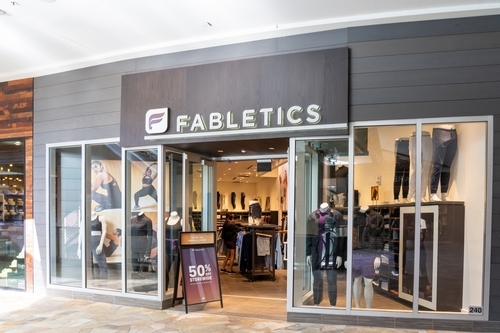In 1998 the dot-com boom was coming on fast, and it seemed the Web would provide marketers with unimaginable precision, power and reach.
But 10 years later it’s consumers who are calling the shots on the Internet.
Mark McLaughlin, vice president for audience strategies at Yahoo!, recalls his first brush with the Web. It was 1987.
“I happened to stumble upon the ‘Whole Earth Catalog’ by Stewart Brand. Anyone familiar with it might understandably have a tough time reconciling the Internet with that ’60s-era compendium of ideas, insights and tools for helping readers ‘find their own inspiration, shape their own environment, and share their adventures.’” But in fact, Apple Inc. founder Steve Jobs described the Whole Earth Catalog as a “conceptual forerunner of Web search engines.”
The Web’s empowerment of consumers is profound, McLaughlin notes. “All marketing today is focused on understanding and fulfilling consumer wants. And the Internet was the engine driving that dynamic. Little bits and pieces of data can tell you so much. Who are the folks most interested in buying your car? How are your marketing efforts influencing the public’s perception of your nonprofit organization? There was no equivalent to it in any analog media.”
MEANINGFUL DIALOGUE
In the analog world, marketing was all about presentation, repetition and arresting creative. In today’s multichannel world, the emphasis has shifted from marketing as one-way presentation to a two-way conversation. The challenge now is, how do you ensure that your marketing dollars are fostering a dialogue that leads to increased sales and profitable ROI, and aren’t being squandered on idle conversation?
Jerry Shereshewsky, Yahoo!’s former ambassador to Madison Avenue and currently CEO of Grandparents.com, agrees. “Imagine two 65-year-old men,” he says, “any race, any religion — it doesn’t matter — living on the same street, in the same neighborhood. Now assume their financial status is about the same and that they both have grandchildren. But one is busy with other interests. Sure, he sees the kids regularly — no question he loves them and they love him. But the other, well, he’s a truly devoted granddad. And that makes all the difference.”
But how can Shereshewsky tell the devoted grandfather from the more passive one? “If we present him with the right opportunity and talk to him in a language he understands, the devoted one will tell us what he wants for his grandchildren. That’s the foundation of a truly high-value marketing relationship.”
NEW MEDIA, NEW ROLES
The rising role of consumers as media creators and directors can’t be ignored. A quick look at the meteoric growth of the blogosphere provides ample support for that contention: The number of posts doubled from 2006 to 2007, and associated advertising dollars have followed suit, increasing from a mere $36 million in 2006 to an estimated $360 million by 2010. The same growth can be extrapolated for mobile devices and search engine marketing.
Today’s consumers are equally comfortable blocking out media and marketing messages they don’t feel meet their needs — or worse, waste their time. Within a year of the National Do Not Call Registry’s rollout in 2003, more than 64 million Americans had signed up. That avalanche of response constituted a real wake-up call to an industry that just assumed consumers would always placidly accept its marketing overtures, wherever and however it extended them.
Now a do-not-mail movement is gaining momentum. And it may morph into a much more comprehensive do-not-contact effort by an unholy alliance of misguided privacy advocates, environmental watchdogs and state and federal legislators.
The bottom line: We must align accepted marketing practices with consumers’ predispositions.
DONN RAPPAPORT is ALC’s chairman and CEO. This article is excerpted from the upcoming issue of The Rest of the Story, a newsletter published three times annually by ALC. For a free subscription, e-mail [email protected].
 Network
Network










